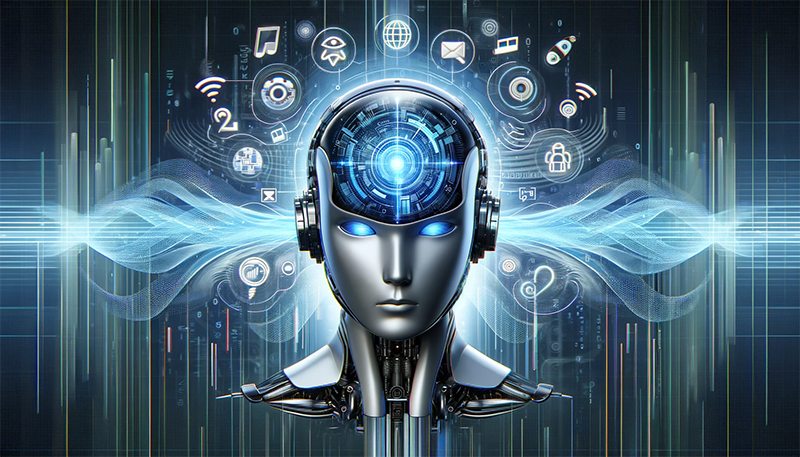Introduction
In the ever-expanding universe of artificial intelligence (AI), multimodal AI emerges as a pioneering frontier. This cutting-edge approach integrates multiple data types – text, audio, images, and beyond – to forge AI models of unprecedented complexity and efficacy. My latest article delves into the core principles of multimodal models and interfaces, tailored for professionals new to the AI landscape, illuminating their training, functionalities, and the anticipated future trajectories.
Defining Multimodal AI
Multimodal AI encompasses AI systems capable of processing, interpreting, and synthesizing diverse data types simultaneously. It transcends the traditional AI scope, which typically focuses on single-data-type processing (like text or images), by amalgamating text, audio, visual, and other sensory data. This multimodal approach mirrors human cognition more closely, paving the way for richer, more interactive AI applications.
Core Concepts
1. Multimodal Models
Multimodal models are AI systems engineered to process and integrate varying data types. They employ advanced techniques, such as deep learning and neural networks, to learn how to represent each data type and understand their interrelations. For instance, a model trained on text and images learns to associate specific words with their visual counterparts.
Training Multimodal Models
To train a multimodal AI, it’s inundated with vast quantities of labeled, multimodal data. These models learn to discern patterns and connections between different data types. When exposed to audio and corresponding text, for example, the AI learns the correlation between spoken language and its textual representation.
2. Multimodal Interfaces
Multimodal interfaces are platforms enabling user interactions with AI through multiple communication modes, including speech, text, and gestures. These interfaces are adept at comprehending and responding to a blend of input types, offering a more natural and intuitive user experience.
Applications and Functionalities
Generating Diverse Outputs
Multimodal AI excels in creating outputs that are contextually coherent across various forms – be it generating images from text descriptions, or transcribing spoken language into precise written formats.
Understanding Representations and Meanings
In multimodal AI, ‘representation’ denotes the AI’s internal processing and perception of different data types. ‘Meaning’ involves the AI’s interpretation of data within its context. The challenge lies in crafting models capable of effectively merging these representations to derive accurate and contextually relevant interpretations.
Looking Ahead: The Future of Multimodal AI
The future landscape of multimodal AI is rich with potential. Key developments to anticipate include:
- Enhanced Contextual Comprehension: Advanced algorithms will enable AI to grasp subtleties and context with greater precision, facilitating more natural, human-like interactions.
- Broader Accessibility: User-friendly multimodal interfaces will become more prevalent, improving accessibility, particularly for individuals with disabilities.
- Creative Expansions: The AI’s capability in generating creative content, such as artwork and music, will evolve, becoming more sophisticated and original.
Conclusion
Multimodal AI is transforming the AI field, ushering in systems that more closely resemble human cognitive processes. For professionals entering this realm, the journey promises a blend of challenges and opportunities. Staying abreast of these rapid advancements is crucial, as the field is poised to redefine our interactions with technology and unlock previously unimaginable possibilities.
In essence, multimodal AI is not just a technological advancement but a paradigm shift in how AI interprets and interacts with the world. It offers a landscape brimming with opportunities for innovation and exploration. As AI continues to evolve, those at the forefront of multimodal AI will play a pivotal role in shaping a future where technology understands and responds to the richness of human expression in all its forms.
